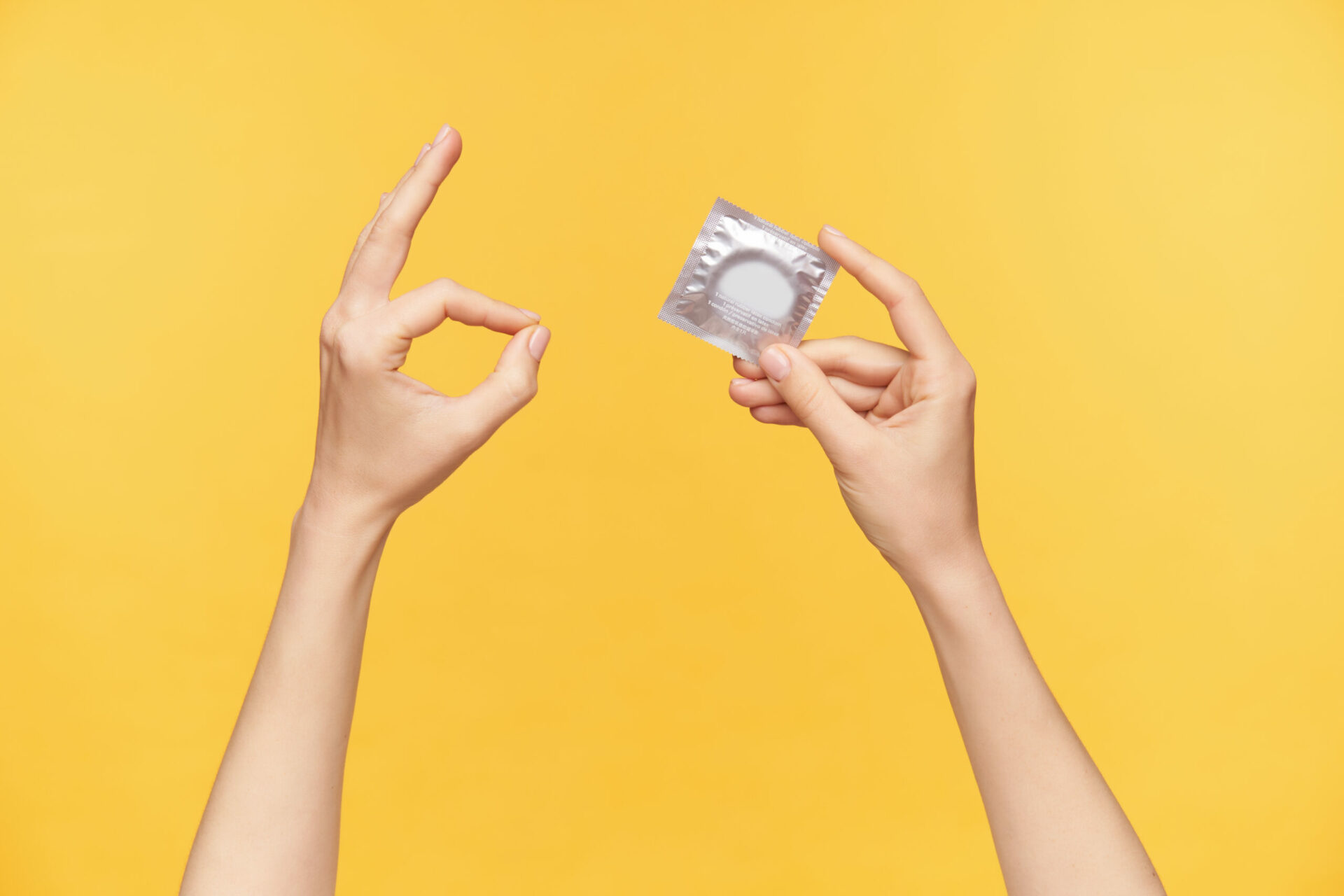
What is a condom?
Condoms are thin, stretchy pouches that you wear on your penis during sex. Condoms provide great protection from both pregnancy and STDs. They’re easy to use and easy to get.
What’s a condom and how does it work?
Condoms are small, thin pouches that cover your penis during sex and collect semen (cum). Condoms prevent pregnancy by stopping sperm from getting into the vagina, so sperm can’t meet up with an egg. Some types of condoms also help prevent STDs.
Click to find STDs Test
There are 3 types of condoms: latex condoms, plastic (non latex) condoms, and lambskin (animal skin) condoms.
Latex condoms
Latex condoms are made from rubber.
Latex condoms are the most common type of condom.
Latex condoms help protect against both pregnancy and STDs.
Only use water-based or silicone lube with latex condoms — don’t use anything with oil, because oil can damage latex condoms.
Plastic condoms (AKA non latex condoms or latex free condoms)
Plastic/non latex condoms are made from plastics like polyurethane, nitrile, or polyisoprene.
Plastic/non latex condoms are safe for people with latex allergies or sensitivities.
Plastic/non latex condoms help protect against both pregnancy and STDs.
You can use water-based and silicone lube with any kind of plastic condom. You can generally use oil-based lubes with plastic condoms. If you’re not sure whether your lube is safe to use with your condoms, check the directions on the condom package.
Lambskin condoms (aka animal skin condoms)
Lambskin condoms are made from the lining of animal intestines (usually sheep).
Lambskin condoms only help protect against pregnancy — they don’t prevent STDs.
Lambskin condoms are safe for people who are allergic or sensitive to latex.
You can use any kind of lube, including oils, with lambskin condoms.
Along with helping to prevent pregnancy, latex and plastic condoms also help prevent STDs by covering the penis — this prevents contact with semen and vaginal fluids, and limits skin-to-skin contact that can spread sexually transmitted infections. Lambskin condoms do NOT protect against STDs, because there are tiny holes in the lambskin that are small enough to block sperm but big enough to let bacteria and viruses through. So it’s best to use latex or plastic condoms to help prevent both STDs and pregnancy.
Do condoms help protect against STDs?
Yes! Using condoms every time you have oral, anal, or vaginal sex is the best way to reduce your chances of getting or spreading sexually transmitted infections. Condoms protect you and your partners from STDs by preventing contact with bodily fluids (like semen and vaginal fluids) that can carry infections. And because condoms cover your penis, they help protect against certain STDs like herpes and genital warts that are spread through skin-to-skin contact (but they’re somewhat less effective with these because they don’t cover all your skin).
Pro-tip: if you cut a condom up the side, you can open it out and put it over the vulva for safer oral sex there. Condoms are helpful for everyone!
Condoms are the only type of birth control out there that also help protect against STDs. So even if you’re using another form of birth control (like the pill), it’s a good idea to also use condoms to prevent the spread of sexually transmitted infections.
Keep in mind that condoms made of lambskin or other animal membranes DO NOT protect against STDs — they only prevent pregnancy. Only synthetic condoms (latex or plastic) prevent the spread of STDs.
